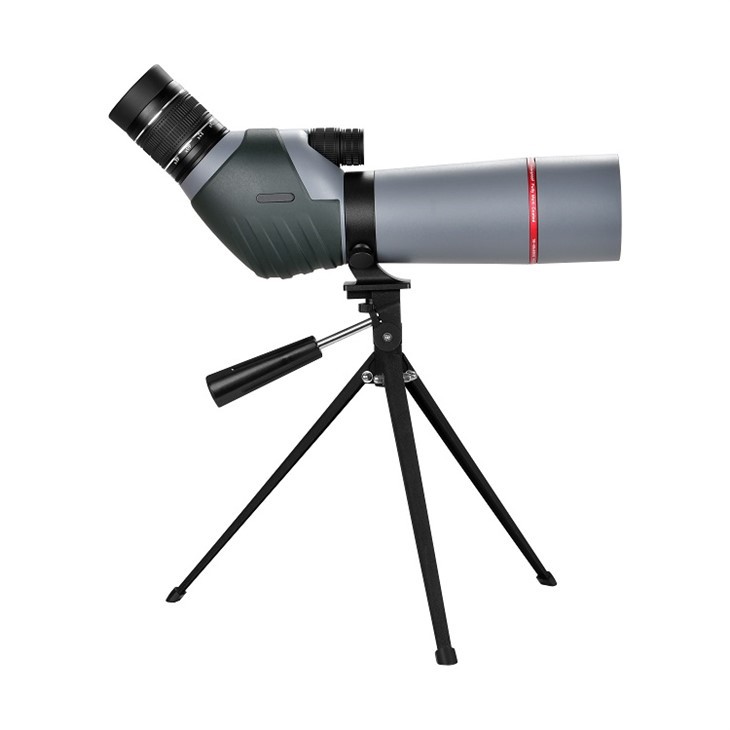Specification
|
Model |
16-48X65 ED |
|
Magnification |
16-48X |
|
Objective Diameter(mm) |
65mm |
|
Type of Prism |
BAK4 |
|
Lens Coating |
FMC |
|
Focus System |
Center |
|
Exit Pupil Diameter(mm) |
3.2-1.1mm |
|
Exit Pupil Distance(mm) |
17-13.5mm |
|
Angle of View |
2.1-1.08° |
|
Field of View |
111–56.7ft/1000yds, 36.6-19m/1000m |
|
Close Focus |
5m |
|
Waterproof |
Yes |
|
Nitrogen Filled |
Yes |
Why do we choose Wildlife Spotting Scope ?
1.Observation Distance:
Spotting scopes allow users to observe wildlife from a distance, minimizing disturbance to the animals. This is particularly important for shy or easily spooked species.
2.Magnification:
Spotting scopes offer higher magnification than binoculars, allowing users to see fine details of wildlife even at great distances.
3.Clarity:
High-quality spotting scopes provide sharp, clear images, allowing users to discern intricate features of wildlife such as plumage patterns, fur texture, or distinguishing markings.
4.Versatility: .
Spotting scopes are versatile tools that can be used for a wide range of outdoor activities, including birdwatching, wildlife observation, hunting, nature photography, and even stargazing.
5.Durability:
Many spotting scopes are built to withstand outdoor conditions, with rugged construction and waterproofing to protect against moisture and rough handling.
6.Compatibility:
Spotting scopes can often be paired with various accessories such as camera adapters, smartphone adapters, and different eyepieces, enhancing their functionality and compatibility with other devices.
Overall, wildlife spotting scopes offer enthusiasts and professionals alike the ability to observe and appreciate wildlife in its natural habitat with enhanced clarity and detail.
How to choose Wildlife Spotting Scope ?
1.Magnification:
Determine the level of magnification you need based on the types of wildlife you'll be observing and the distances involved. Higher magnification allows for more detailed views but may require a steadier hand or tripod for stability.
2.Objective Lens Size:
The diameter of the objective lens affects the amount of light the scope gathers, impacting image brightness and clarity, especially in low-light conditions. Larger objective lenses generally provide brighter images but may result in a heavier and bulkier scope.
3.Optical Quality:
Look for spotting scopes with high-quality optics, including multi-coated lenses and quality prisms, to ensure clear, sharp, and color-accurate images.
4.Durability and Weather Resistance:
Consider the build quality and construction materials of the spotting scope, especially if you'll be using it in rugged outdoor environments. Opt for models that are waterproof, fog-proof, and built to withstand shocks and impacts.
5.Weight and Portability:
Balance the need for performance with portability, especially if you plan to carry the spotting scope for extended periods or travel with it frequently. Lightweight and compact models are easier to transport but may sacrifice some features or optical performance.
6.Eyepiece Design:
Choose an eyepiece design that suits your viewing preferences, whether straight or angled. Angled eyepieces are often more comfortable for extended viewing sessions and allow for easier sharing of the scope among multiple users.
7.Compatibility with Accessories:
Consider whether the spotting scope is compatible with additional accessories such as tripod mounts, digiscoping adapters for photography, or smartphone adapters for capturing images and videos.
8.Budget:
Set a budget based on your requirements and the level of optical performance you desire. While higher-end spotting scopes typically offer better optics and features, there are also many budget-friendly options available.
By carefully considering these factors and prioritizing your specific needs, you can select a wildlife spotting scope that enhances your outdoor experiences and wildlife observation activities.
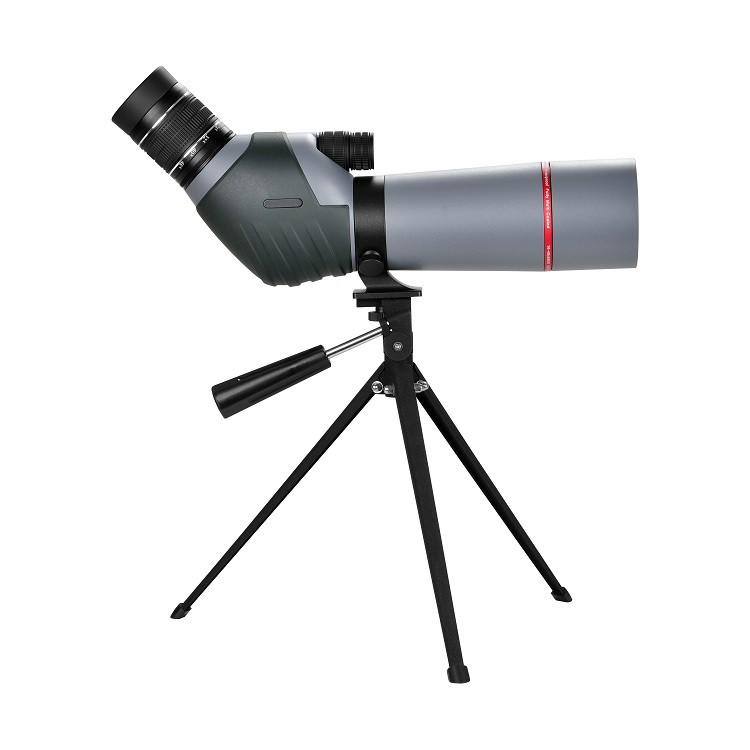

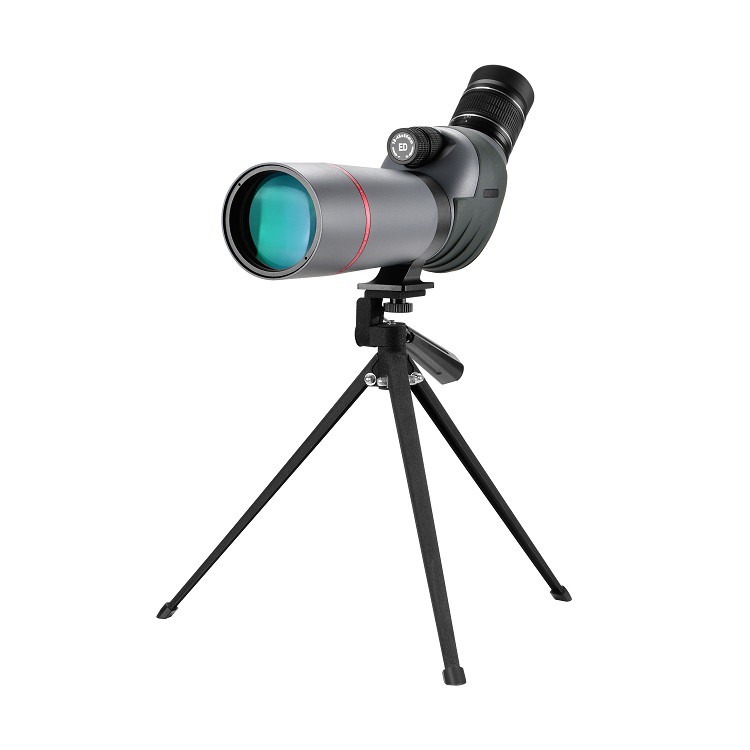
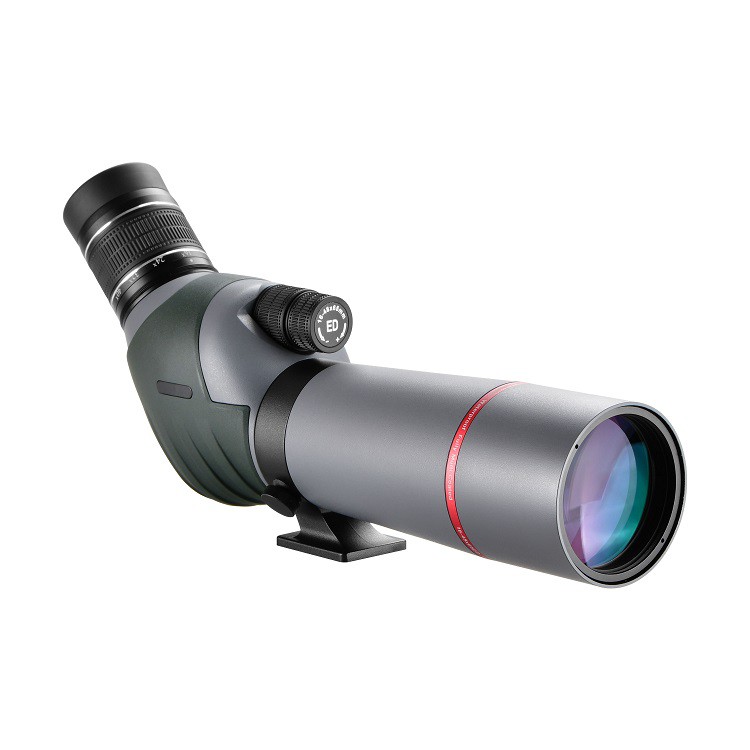
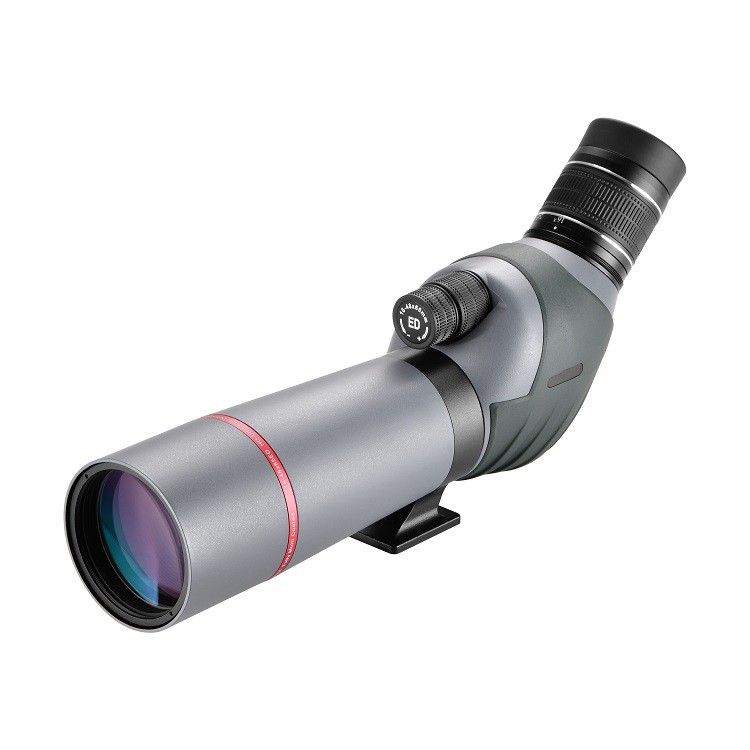
Hot Tags: wildlife spotting scope, China wildlife spotting scope manufacturers, suppliers, factory, Binocular Eyeglass Magnifier, Loupe Eyeglass Magnifier, Astronomical Telescope, Red Green Illuminated Hunting Rifle Scopes, Binoculars, Sea Bowld Marine 7x50 Binoculars









